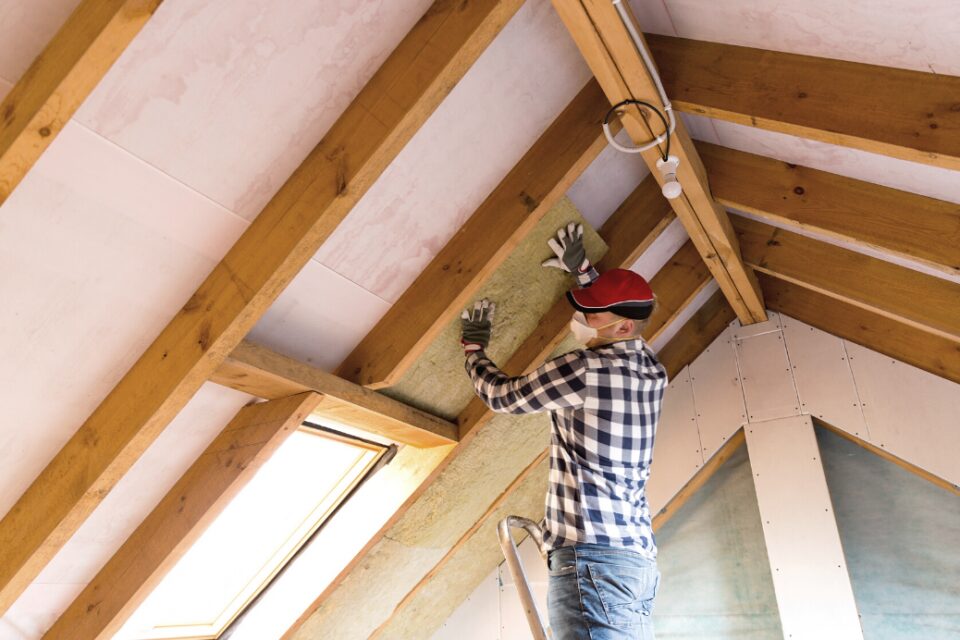A good heat loss assessment forms the basis of good design for your heat pump. Get it wrong, and you will either overpay for a bigger-than-you-need heat pump, or you will be cold – it’s not really as simple as that, but you get the idea. A wrongly sized unit, both too big or too small, will cause you issues and it is part of the reason so many people talk about heat pumps not working at cold temperatures or running extreme electricity costs, not to mention that it can cause shorter life spans, compressor burn-out or other technical issues that can plague your install and cost you money.
As an industry, we have rules of thumb (which industry doesn’t?) that enable a quick, rough estimate to give to customers relating to size and costs, but if your heat pump salesperson hasn’t mentioned completing a heat loss calculation before providing you with a full and accurate quotation, be cautious.
So what is a heat loss calculation? Q=U x A x ΔT probably doesn’t mean much to you, but it’s the formula used to derive the heat loss of an area. Using the uValues of the different materials used to build it, and the difference in temperature between the outside and the inside (or heat loss through surfaces), it determines how much heat you lose from the inside to the outside.
Every building material has a specific uValue which measures the rate of heat transfer through it, known as thermal transmittance, or how effective the material is as an insulator. The lower the uValue, the better it is at keeping the heat in.
For instance, if you have insulated walls, you will likely have a better uValue than if your walls were uninsulated. If you have single glazing instead of double glazing, you will have a bigger uValue. The smaller the uValues, the less heat you lose, and the less heat you lose, the less heat you need to keep that room or space warm.
Heat loss due to air changes is also calculated. Put simply, this is the air changes per hour multiplied by the air change factor multiplied by the total volume of the specific space.
Completing these calculations on a room-by-room basis will determine the size of heat pump you need to keep your whole home at your designed temperature, ensuring that you only pay for what you need.
It is a myth that heat pumps cannot work in uninsulated homes, but like any other heat source, you will need a bigger unit which will cost more to buy, and it will cost more to run.
As well as sizing your heat pump, these calculations are also used to correctly specify the number and type of radiators needed, or the length and spacing of underfloor pipework required to ensure that each room in your house will be able to reach your designed temperature.
Without an accurate heat loss for each room, there is a danger that the emitters (radiators and underfloor heating are known) installed will not have the output sufficient to provide the heat at the more energy efficient, lower flow temperatures a heat pump provides. The more accurate the heat loss, the better able we are to also specify the correct flow rates and pipe sizing to serve the emitters, resulting in an efficiently heated space.
The outcome of any good heat loss assessment should be a specification for a correctly sized heat pump, providing for the lowest possible flow temperature, running through correctly sized pipe work at designed flow rates with the right emitters, providing you with a warm home, running efficiently, saving you money, and lowering your carbon footprint.
This article has been written and provided by IMS Heat Pumps.


